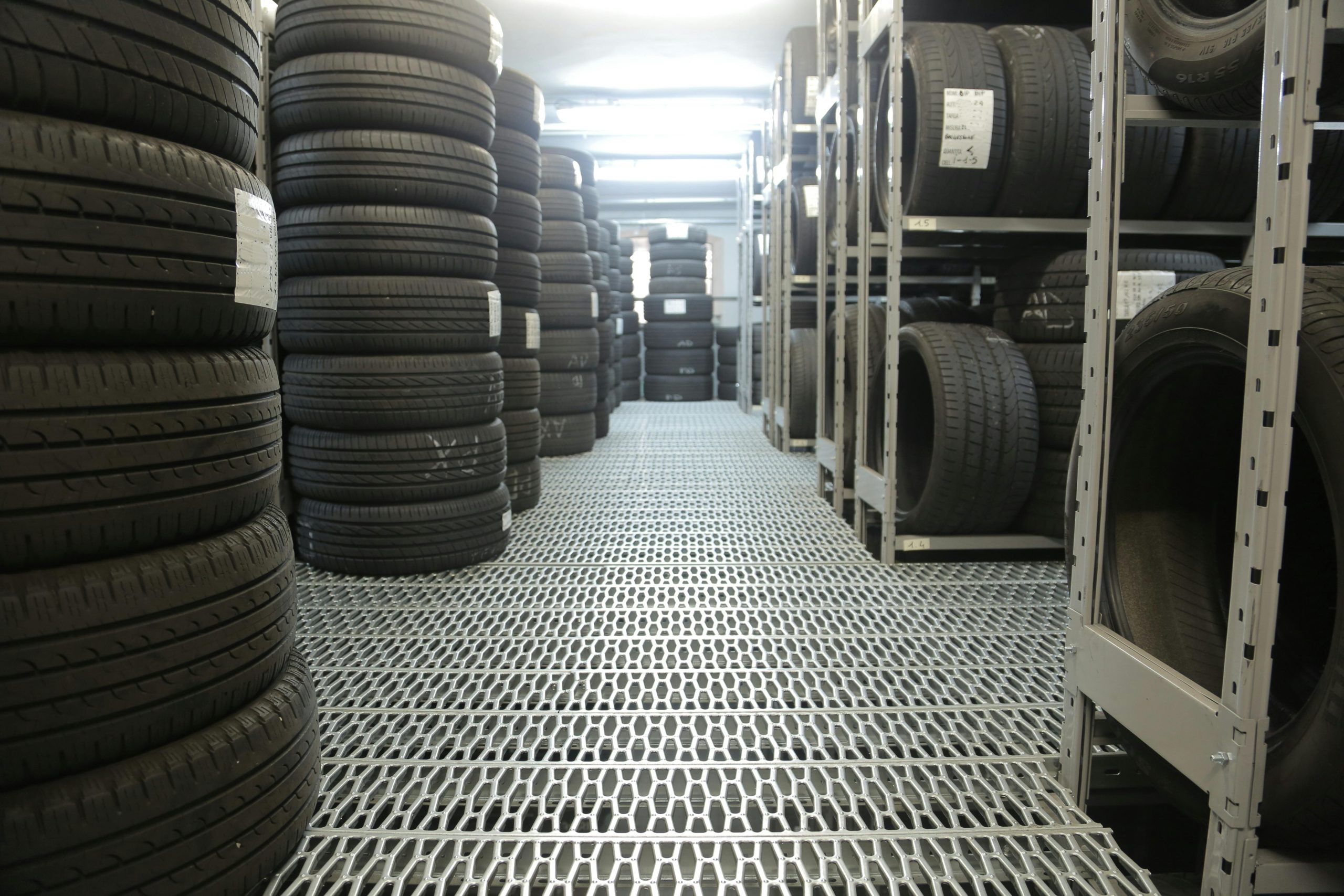Are Auto Insurers Increasingly Labeling Vehicles as ‘Salvage’?
Lately, there has been a buzz around the automobile insurance industry, with many car owners expressing concern that their vehicles are being categorized as ‘salvage’ for seemingly minor damages. Reports suggest that even a mere dent or the need to replace a couple of parts could push a vehicle into the salvage category. This trend has led to speculation about whether insurance companies have recently lowered the threshold for what qualifies a car for this label.
In recent years, auto insurers might have updated their criteria for determining a vehicle’s status, possibly due to evolving economic factors or changes in industry regulations. A declaration of ‘salvage’ can significantly impact the vehicle’s value, insurance coverage options, and the owner’s future financial decisions.
Understanding this shift is crucial for car owners to better navigate their insurance policies and advocate for fair assessments. It’s essential to stay informed and possibly consult with experts if you find yourself in a situation where your vehicle’s status is in question due to minimal damages.




Yes, there is a growing perception that auto insurers are declaring cars as ‘salvage’ more frequently than in the past, even for relatively minor damages. This phenomenon can be attributed to several factors that have shifted the landscape of auto insurance and vehicle repairs.
1. Rising Repair Costs: One of the primary reasons insurers might declare a vehicle as a salvage is the rising cost of vehicle repairs. Modern cars are equipped with advanced technology such as sensors, cameras, and computers, which can significantly increase repair costs even for minor collisions. A fender bender today might involve costly repairs, including recalibration of safety systems, which can quickly exceed a vehicle’s current market value.
2. Total Loss Ratio Adjustments: Insurers calculate whether a car is a total loss based on a total loss ratio, which is the cost of repairs compared to the car’s pre-damage value. Over time, many insurers have adjusted this ratio in response to increasing repair costs and tighter profit margins. As a result, vehicles may be declared a total loss or ‘salvage’ at a lower threshold than before.
3. Market Value Fluctuations: The used car market has experienced fluctuations, especially during and after global events like the COVID-19 pandemic, which caused a shortage of new cars and drove up used car prices. However, insurers rely on standardized valuations that may not fully capture these market dynamics, sometimes resulting in lower assessed values for vehicles, again tipping them towards a salvage declaration in the event of an accident.
4. Regulatory Changes: Some states have different regulations regarding when a vehicle must be declared salvage. Changes or stricter enforcement of these regulations can lead to more cars being classified as salvage, even when damage is minimal.
Practical Advice for Vehicle Owners:
Understand Your Policy: Know the terms of your insurance policy, including how total losses are calculated. This knowledge can help you negotiate or challenge a salvage designation if you believe your vehicle has been unfairly classified.
Document Your Vehicle’s Value: Regularly maintain documentation of your vehicle’s condition, aftermarket additions, and any market evaluations. This information can help dispute lowball valuations.
Consider Repair Shops: Work with reputable repair shops that can provide realistic repair estimates. Having a trusted mechanic look at any damage can sometimes reveal that repairs are less intensive than insurers might anticipate.
Evaluate Insurance Options: Consider policies that offer gap insurance or coverage that accounts for new car replacement if you’re concerned about